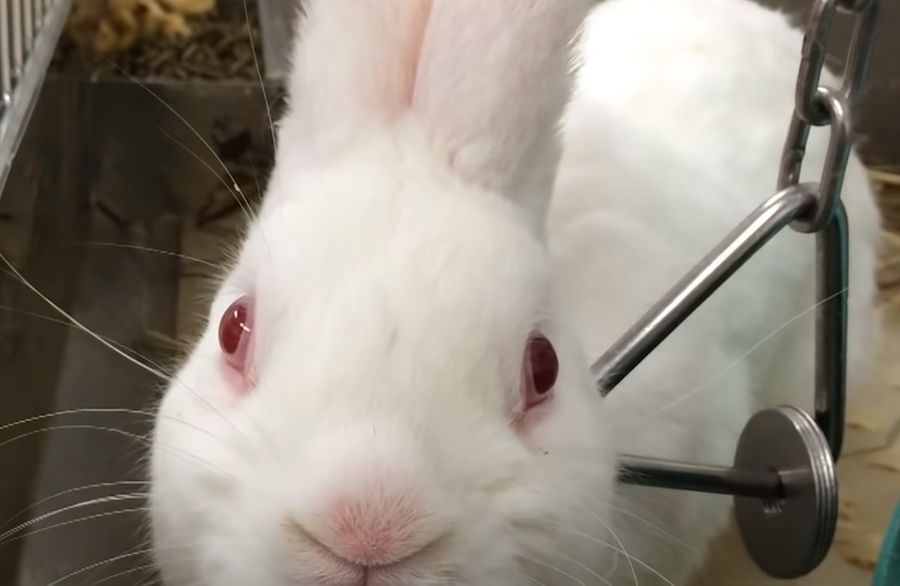That makes over 1000 animals killed worldwide every day. The most common animals used for testing in the cosmetic industry are rabbits, guinea pigs, rats, mice, and sometimes even dogs. This is something that should stay buried deep in the past, but sadly it is still used by many companies around the globe.
What is cosmetic testing on animals?
Cruelty Free International (CFI) states that animals are forced to eat, inhale, have substances rubbed onto their skin, and also have them injected into their bodies. After that, they are subjected to further monitoring and testing, before almost always being killed. So they could be observed by researchers for further studies. Animals are also being genetically modified (a form of torture resulting in many of these living creatures, not surviving childhood).
These tests are far from harmless. The testing of beauty and cosmetics products has proven over time to be unnecessary and cruel. Even in 2021 big companies like L’Oreal, Maybelline and many others continue to test their products on animals. According to CFI, some cruelty-free companies carry out humane testing on human volunteers. It is usually done in the final stages. There are also humane methods involving neither. Humans or animals. Methods include cell structures, human tissues and computer models.
Leaping Bunny and Cruelty Free International (CFI)
For over 50 years animals have been used in the testing of beauty products. And for 20 years now CFI has been working to end the brutality and suffering. The big breakthrough happened in 2004 when European Unie introduced a ban on the testing of finished products on animals. Over 600 companies are now certified with “Leaping Bunny” a mark for shopper’s products that are not animal tested.

With this in mind, it is always vital to check for a little leaping bunny, before you buy your favorite shampoo or lotion.
Sources: https://www.ethicalconsumer.org/health-beauty/animal-testing-cosmetics-industry, https://www.unsustainablemagazine.com/the-ugly-truth-of-the-beauty-industry/
Photo credit: Youtube (PETA, Vice News)





